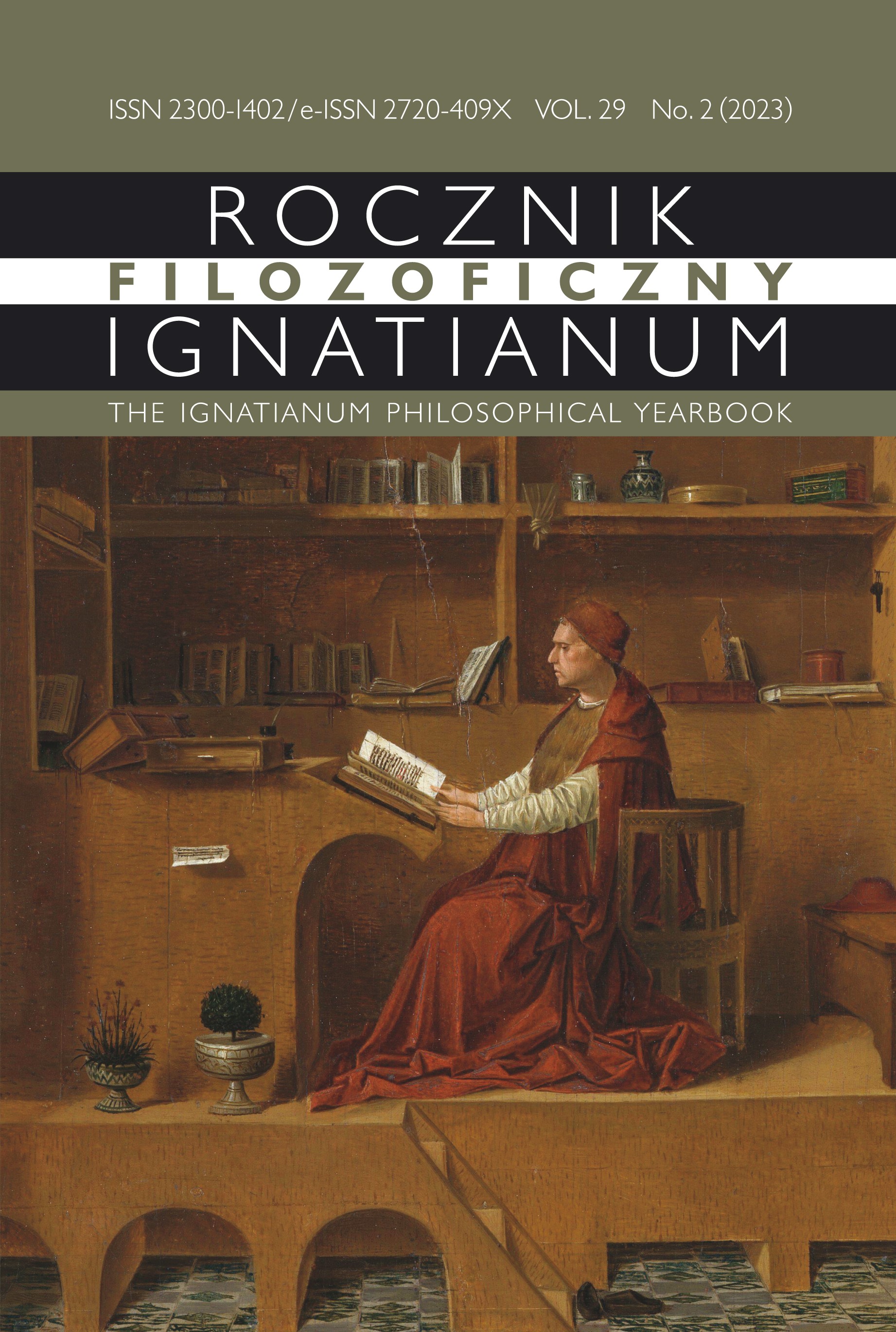Parish Press in the Szczecin-Kamień Archdiocese
An Outline of the Problem
Abstract
The aim of this article is to trace the birth, development and decline of the parish press in Poland on the example of the Archdiocese of SzczecinKamień. Due to its quantitative and qualitative richness, a thorough study of this segment of the press requires further meticulous research, because from the late 1980s and early 1990s thousands of titles came into being, disappeared and were reborn again with a different title and editorial team. The article traces the historical background of the West Pomerania Province which after the Second World War was incorporated within the boundries the communist Poland. As a result, many Poles (mostly Catholics) from the territories lost to the Soviet Union found themselves on the territory where the Catholic Church hardly functioned. It would be difficult to understand the particular role of the parish press in the Western Pomerania without knowing the broader context of the emergence and spontaneous development of parish newspapers on national level. These issues are looked at in more detail in the section describing the years of activity of the National Parish Press Association. The article features also the issues related to the typology and systematization of “parish press.” Because of the scarcity, and often absence of written sources, the author conducted a series of interviews with the persons engaged in the development of the parish press, which had its heyday in the nineties of the XX century.
Copyright (c) 2023 Jesuit University Ignatianum in Krakow

This work is licensed under a Creative Commons Attribution-NoDerivatives 4.0 International License.
The Yearbook only accepts materials for publication that are free of all conflicts of interest, and that in no way involve conflicts over authorship, copyright, etc. The Editors will take action against any cases of plagiarizing, ghostwriting1, guest/honorary authorship2, etc. Where co-authored work is concerned, the Author listed first is expected to take responsibility for the submission, and is required to make clear the contributions of all of the Co-Authors involved. In the event of the publication owing its existence to funding dedicated to this purpose, this fact should be made clear: e.g. in any note of thanks/acknowledgement, or in a footnote, etc. Explicit notification should be given of any form of reprinting, with the appropriate evidence of permission to publish being furnished as required. Any impropriety on the part of Authors/Reviewers risks exposing them to appropriate responses from the relevant institutions.
______
1 This term refers to instances of a person who has made an essential contribution being omitted from the list of authors, or from notes conveying gratitude and/or acknowledgement.
2 This occurs when a person who has made either an insignificant contribution or no contribution at all nevertheless appears on the list of authors.





